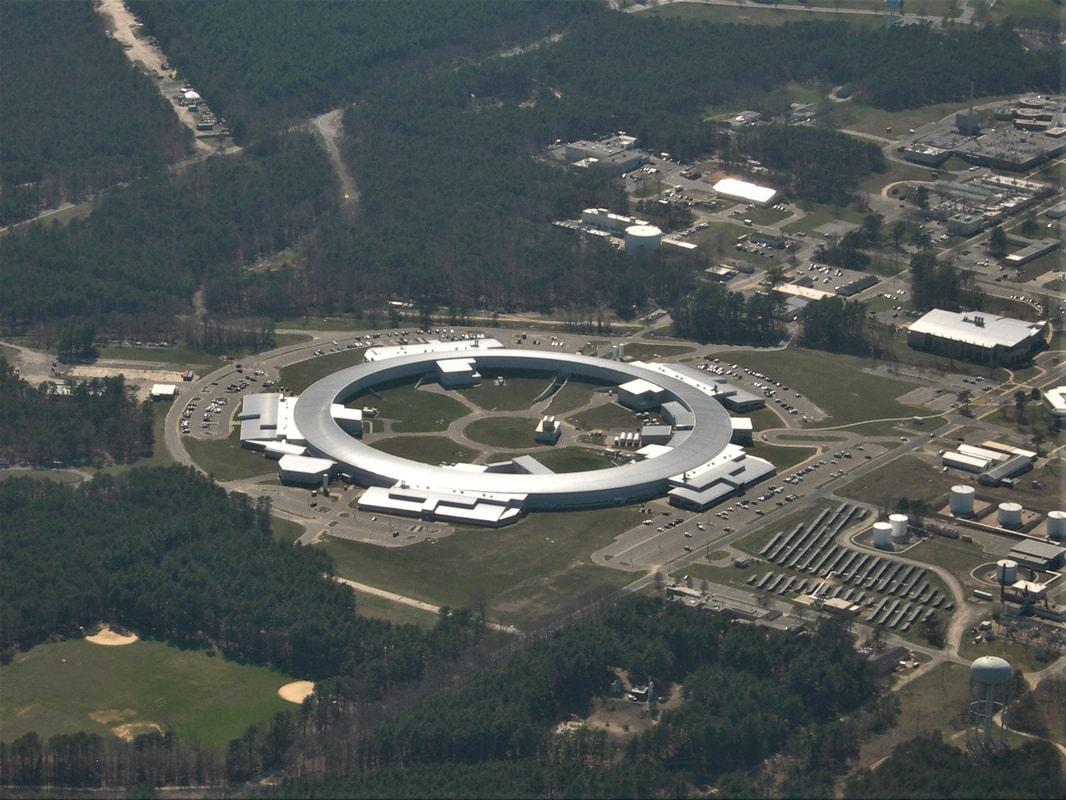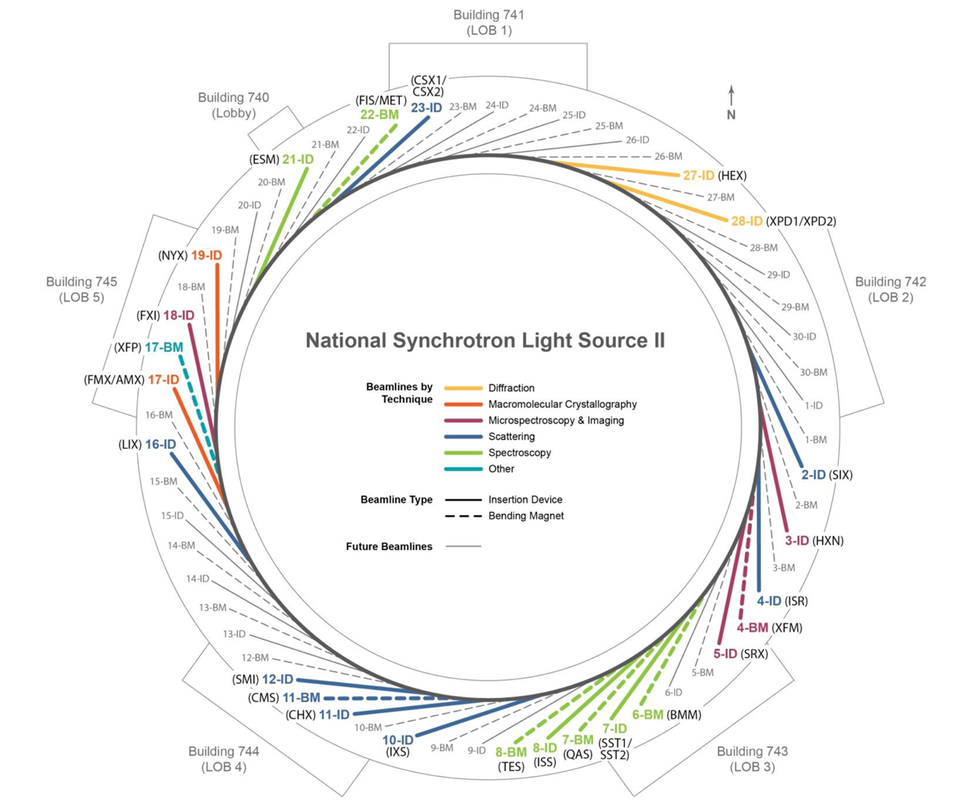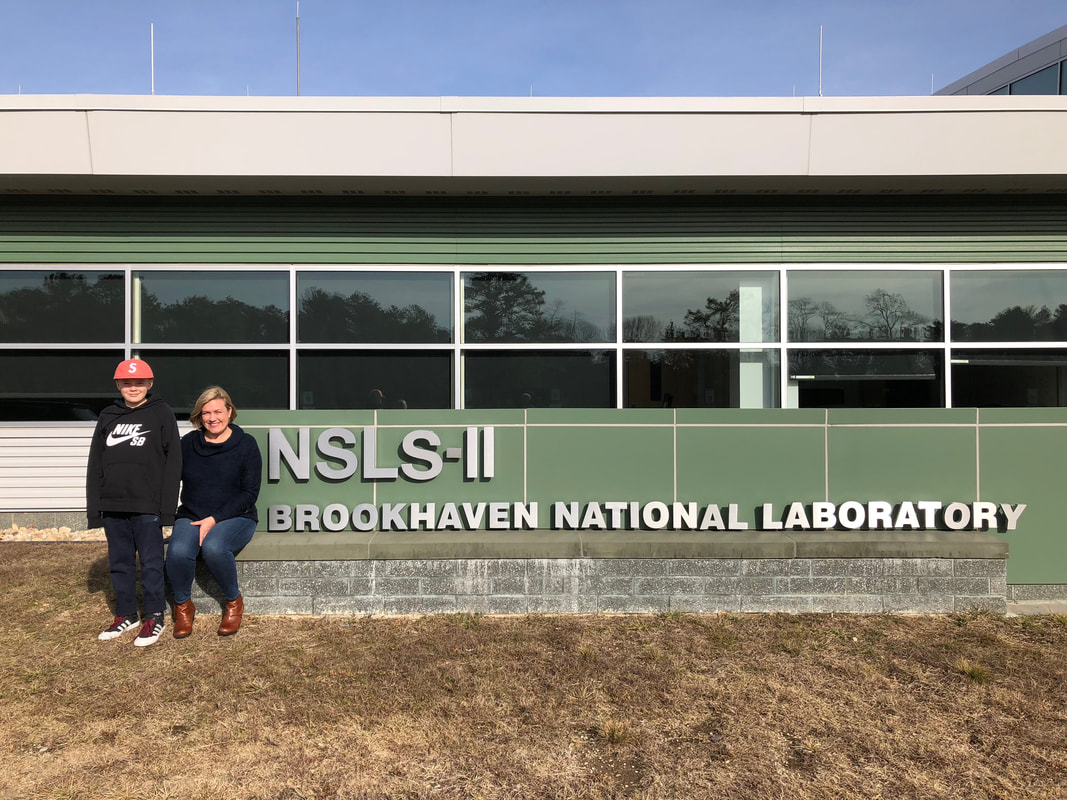|
I am serving my year as an Einstein Fellow with in the Office of Science in the Department of Energy. As quoted from the SC website, the Office manages “Advanced Scientific Computing Research, Basic Energy Sciences, Biological and Environmental Research, Fusion Energy Sciences, High Energy Physics, and Nuclear Physics." In addition, the Office of Science manages and supports additional programs and activities, including: the Workforce Development for Teachers and Scientists program (the group in which I am placed), the DOE Small Business Innovation Research Small Business Technology Transfer programs, and the Office of Project Assessment. The Office of Science is the largest funder of physical science research in the United States. As a biologist who has a comfort level that spans from the atomic to ecosystem levels of organization, the discoveries of the Fusion Energy Sciences, High Energy Physics and Nuclear Physics offices actually kind of blow my mind! I've learned a lot, and readily admit that I needed to Google search to help me comprehend some of the terms I've been learning and how they connect to the parts of matter that I recognize! I am definitely thinking of my IB physics teacher friend/colleague and how she would love to know what I am doing right now! The Office of Science is also the steward of 10 of the 17 DOE laboratories; these 10 laboratories provide essential support to the missions of the Office of Science programs. One of the benefits of being an Einstein Fellow placed in the Office of Science is the ability to visit some of the national laboratories. I have been to Brookhaven National Lab (on Long Island, NY) and will soon be visiting Pacific Northwest National Lab (in Richland, WA). I would like to get to two more labs before my fellowship is complete.
As a high school teacher, I was curious about what skills and attributes they most desire in undergraduate and graduate students applying for internship positions at the lab. The list of descriptors included:
A highlight of my visit to Brookhaven was a visit to their National Synchrotron Light Source-II. The light source generates a intense X-ray, infrared and ultraviolet beams that are able to resolve images down to the nanometer scale. There are currently 19 running beam linesI had a wonderful discussion with one of their staff scientists about how the light source functions and its uses in the materials and biological sciences. As a result of my visit, I have a deepened understanding of the Nature of Science and the magnitude of effort required to learn about things at orders of magnitude beyond the visible. A synchrotron is a ring of electrons moving very, very fast (near the speed of light). Because of physics that I do not really understand, the circulating electrons emit photons which can be "peeled off" the ring, traveling at a wavelength of interest, into a beam line. Beam lines are the spokes that run tangent to the accelerator ring and contain a slew of impressive instrumentation that can focus the photon onto a sample for imaging. The NSLS-II currently has 19 functioning beam lines, each of which takes 5-6 years to get running. Because they are such massive investments of time and money there are just four synchrotrons in the USA. The one I visited has the brightest beam in the middle energy range and is primarily used to the study of materials science, such as the live functioning of batteries, semi- and superconductors.
|
Archives
July 2018
|
I give many of my IB Biology resources away, for the benefit of students and teachers around the world.
If you've found the materials helpful, please consider making a contribution of any amount
to this Earthwatch Expedition Fund.
Did I forget something? Know of a mistake? Have a suggestion? Let me know by emailing me here.
Before using any of the files available on this site,
please familiarize yourself with the Creative Commons Attribution License.
It prohibits the use of any material on this site for commercial purposes of any kind.
If you've found the materials helpful, please consider making a contribution of any amount
to this Earthwatch Expedition Fund.
Did I forget something? Know of a mistake? Have a suggestion? Let me know by emailing me here.
Before using any of the files available on this site,
please familiarize yourself with the Creative Commons Attribution License.
It prohibits the use of any material on this site for commercial purposes of any kind.




